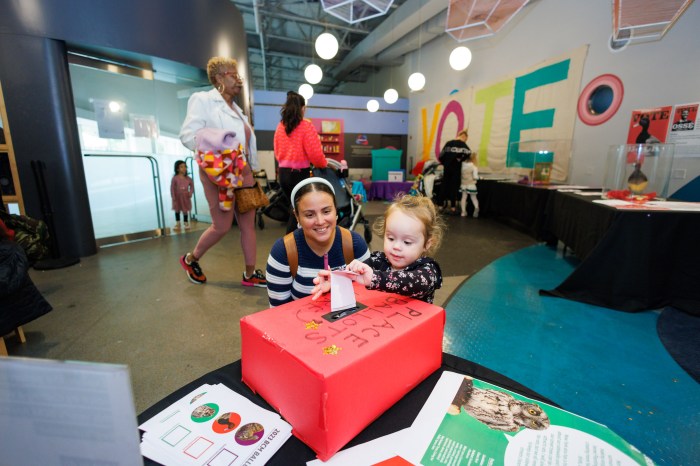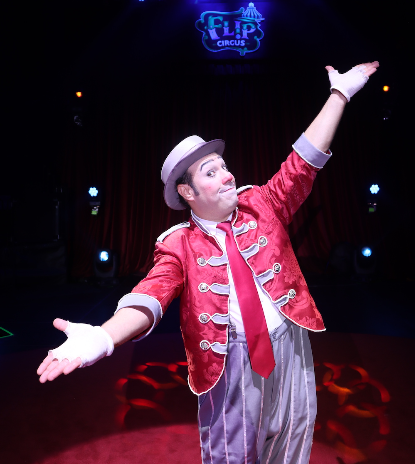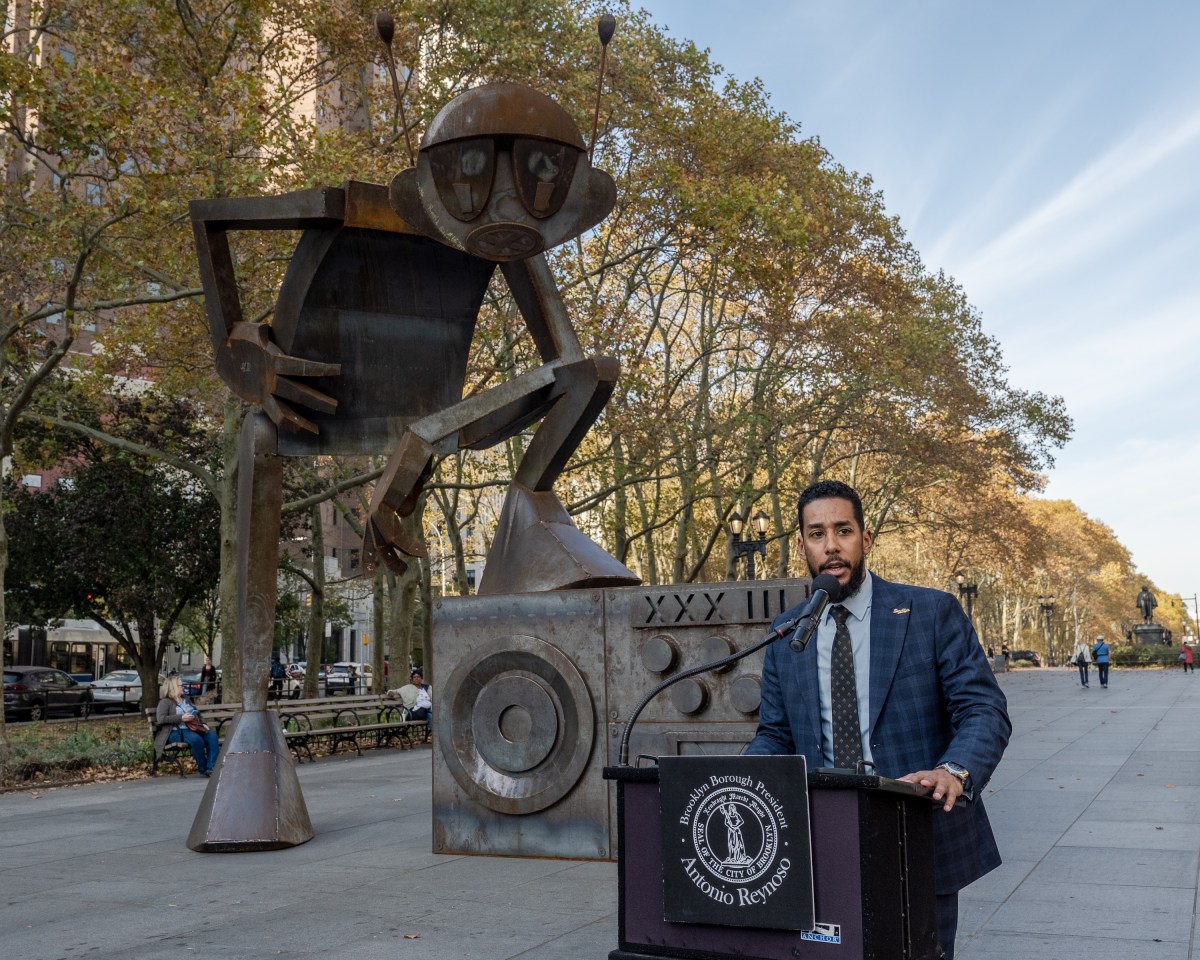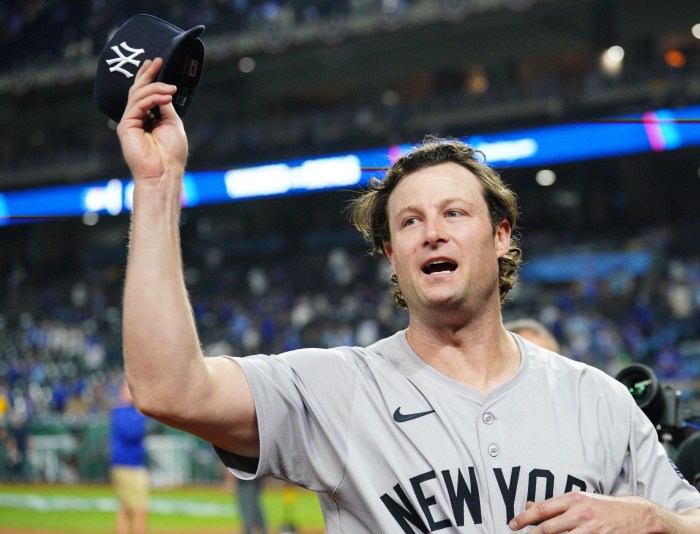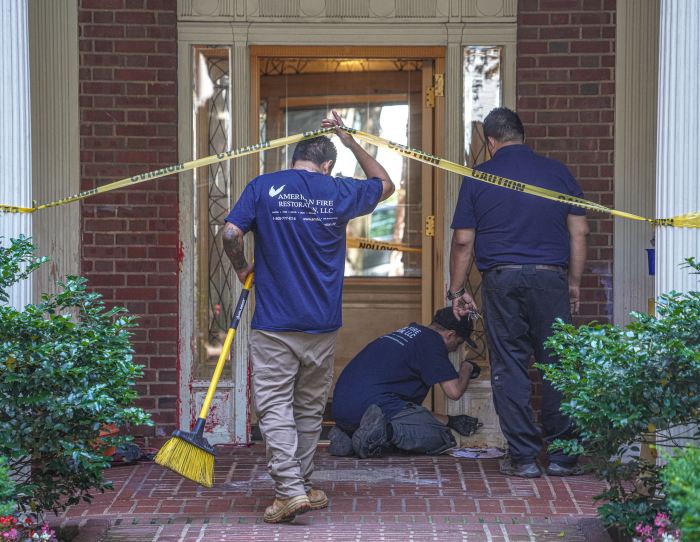
Not all green is good.
Invasive plants and bugs are slowly killing some of New York City’s lush forests, fresh water wetlands and salt marshes.
The Emerald Ash Borer, a metallic green beetle, has brought down majestic ash trees in New York City and around the country. Woody vines wrap themselves around tree trunks and mugwort forms dense mats that prevent any other plants from growing.
Fending off these environmental threats is an expensive, ongoing battle. But city officials said they are devoting resources to the cause and New Yorkers can do their part to help.
“The fight against invasive species is the fight against monoculture,” said Kristy King, the city Parks Department’s director of forest restoration. “Plant diversity is what we want in our parks.”
Invasive species are plants and animals that came to the United States accidentally or by design. Without natural predators or herbivores to keep them in check, they often upset the delicate balance of nature.
The state recently hosted an “Invasive Species Awareness Week” to help educate the public. And the city is ramping up its efforts to treat ash trees that might still be saved even after the voracious Emerald Ash Borer larvae has found a home in their trunks.
King said native species “make space for each other” in the environment unlike invasive plants that aggressively take over an ecosystem.
“When you have lots of different plants, that creates a more healthy and inviting place for both people and wildlife,” she said.
Take the Emerald Ash Borer, first identified in Michigan in 2002. It has destroyed tens of millions of ash trees across the country, according to the U.S. Department of Agriculture. Experts believe the small, green insect made the trip inside wooden packing materials shipped from Asia.
Its New York City debut came in October 2017 with a discovery in Prospect Park.
“We have been waiting for it,” said Danielle Gift, an arborist and the city Parks Department’s tree preservation senior program manager. “We had just done the street tree census, so we had a good idea of how many ash trees we had and what condition they were in.”
There are about 21,000 ash trees on city streets, 1,200 in landscaped parks and 90,000 in natural parkland.
The pesky bugs lay their eggs between layers of bark in all species of ash trees. Once the larvae hatch, they feed on the tree, leaving s-shaped scars and after time burrow out of the tree, leaving a D-shaped hole.
They prevent the trees from getting vital water and nutrients, often killing them within two to four years. Many ash trees infected by EABs need to be cut down, but others can be treated by injecting them with insecticide.
While that method can save some trees, scientists still haven’t figured out a way to stop the prolific beetles.
“No one has been able to successfully eradicate it,”said Gift. “This is a management program.”
New Yorkers can help by reporting signs of distressed or infected trees to 311 via phone or online.
About 50 ash trees have been removed so far across the city and 2,700 have been treated. Parks expects to spend $1.7 million on treatments in the current fiscal year and $7.9 million to remove and replace infested trees over the next two fiscal years.
“They are really important species for us to hold on to,” said Gift. “They are a good source of food for birds and other animals.”
King pointed out that invasive vines and shrubs make it difficult for young trees to grow and establish.
Some of those plants, like porcelain berry and bittersweet, were brought to the country years ago as part of the horticultural movement for wreath making and other uses.
“They are very destructive but they are actually both kind of beautiful,” she said. “Porcelain berry has these grapevine-type leaves and these really gorgeous berries that are a mix of blue and purple and pink.”
But they are relentless, strangling trees by preventing the flow of water or covering the leaves of the tree canopy, pulling it down.
The city, along with the nonprofit Natural Areas Conservancy, works with volunteers to remove invasive species and when possible replace them with native plants.
That stewardship is important because major funding to restore native habitat is limited, even with state and federal grants and city money.
Last weekend, volunteers helped clear mugwort from sections of Ecology Park in Paerdegat Basin Park in Brooklyn.
“It produces really vigorous, underground roots that take up all the space so no other plant can grow,” said Helen Forgione, senior ecologist at the conservancy. “For butterflies, bees and birds that eat those insects, it’s like a deadzone. When that plant is removed we can put in native wildflowers and grasses that support the insects and birds and really bring some life back.”
Read more: High-Speed Brooklyn Chase Ends in Crash





